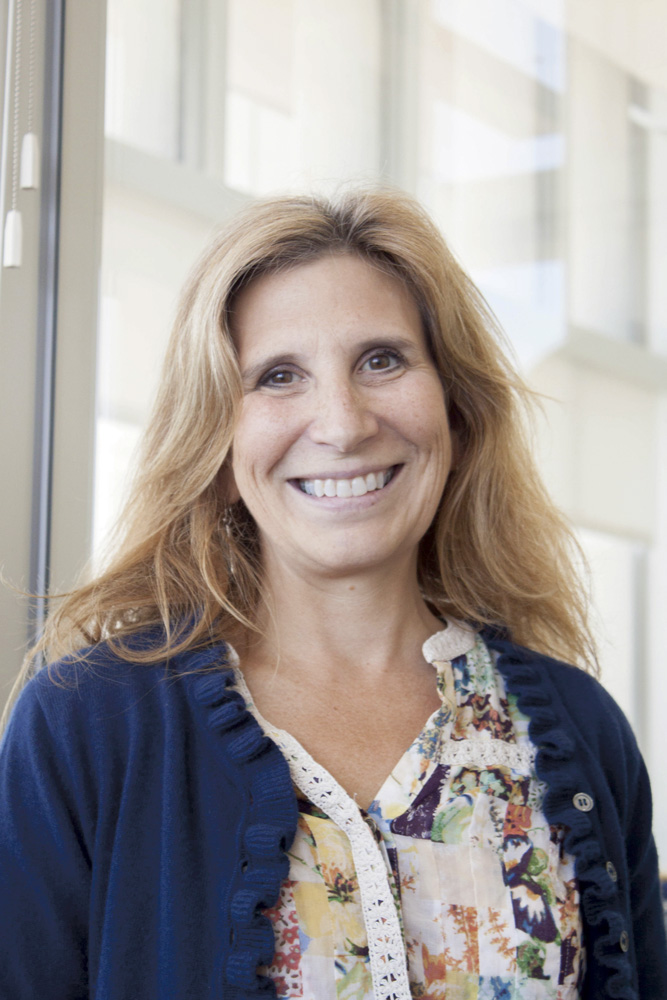
Mimi Liu
Staff Writer
The Denise Montell Lab at University of California, Santa Barbara has recently discovered that the protein E-cadherin plays an important role in cell migration, contrary to previously established ideas.
Cell migration is a vital part of organism development and maintenance, and E-cadherin is commonly found in epithelial cells, a kind of animal tissue. Researchers at the Montell lab used fruit-fly ovaries to gain further understanding of E-cadherin’s exact role in directing cell migration.
Established scientific knowledge explains that E-cadherin is supposed to hold cells together and prevent cell migration. However, Professor Montell and her team have discovered the exact opposite–E-cadherin is actually promoting cell movement and motility.
“It’s [promoting motility] in three different ways in three different parts of the cell,” Montell said. “In each spot in the cell, cadherin is doing something different and all of those functions together are to orchestrate the movement of cells.”
Montell’s team used three different methods of observing E-cadherin-mediated migration, all with the same central goal of understanding how cells move.
“This kind of motility is similar to what tumor cells do when they metastasize,” Montell said, “and it’s part of the normal development of different tissues.”
Lead cells, cells given directions by E-cadherin, were studied. They are seen to protrude slightly in the direction of travel, due to the force exerted on it by the protein. These lead cells have been observed to deliver instructions to cells close to it, ensuring that it behaves as a complete entity.
Danfeng Cai, lead author and grad student in the Denise Montell Lab, suppressed the cadherin protein in different cell types and analyzed the differences in guided movement. When the protein was absent in cells, they could not migrate as a coherent group, and their movements became random.
Another member of the lab developed an optical sensor similar to a tiny spring that could be inserted into E-cadherin proteins to measure force exerted by it. Scientists found that though there was an even distribution of protein throughout the cell, the force per molecule was greater at the front.
“It’s kind of amazing that you can make that measurement in living cells,” Montell said.
Researchers also were able to create transgenic flies containing only E-cadherin molecules with optical sensors implanted.
“This in vivo tension sensor could revolutionize the area of research that strives to elucidate the interplay between biochemical signals and mechanical forces during morphogenesis.” Montell said. “In contrast to other approaches that attempt to measure forces in tissues, such as laser cutting, this one is non-perturbing.”
This discovery is a step toward fully understanding cell migration, which is relevant in understanding tissue formation during embryonic development, wound recovery, and immune system responses. Errors during cell migration could lead to vascular disease, tumor formation, and metastasis–the spread of cancer from one organ to another location.
“E-cadherin is serving multiple purposes, all of which function together to coordinate the collective ability of these cells to sense direction. Our work demonstrates three completely different approaches that all show the same result.”
The group’s findings will be published in the scientific journal Cell.










